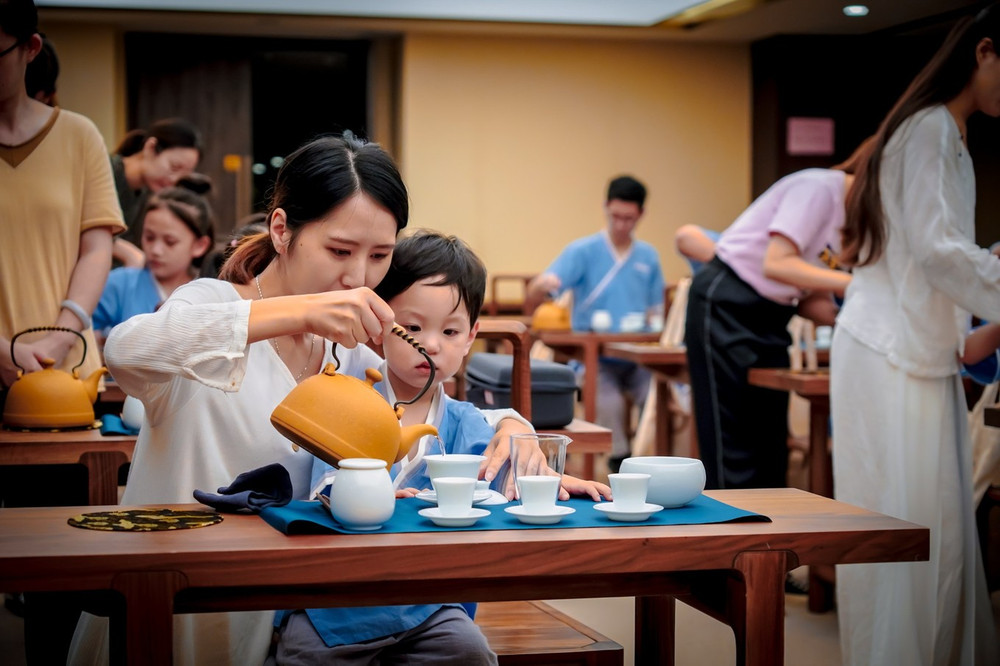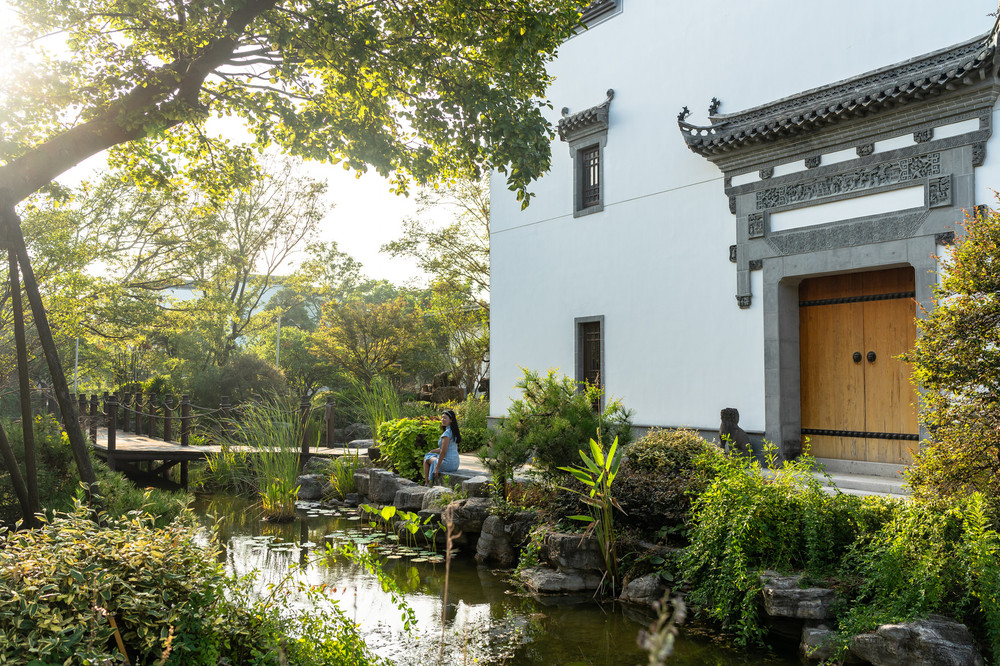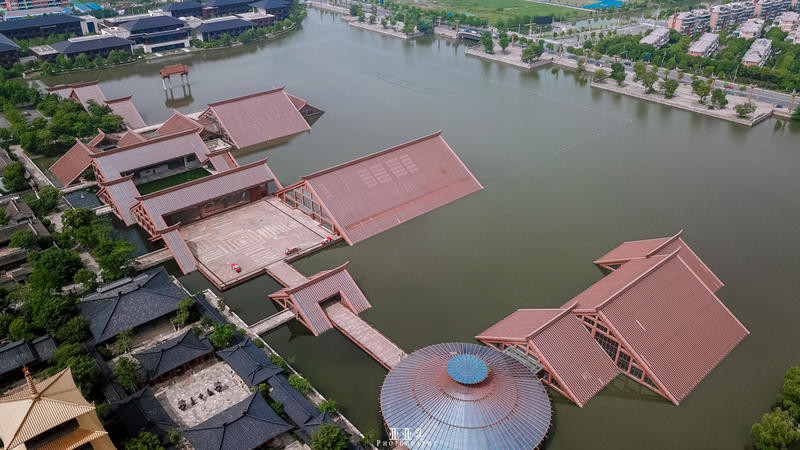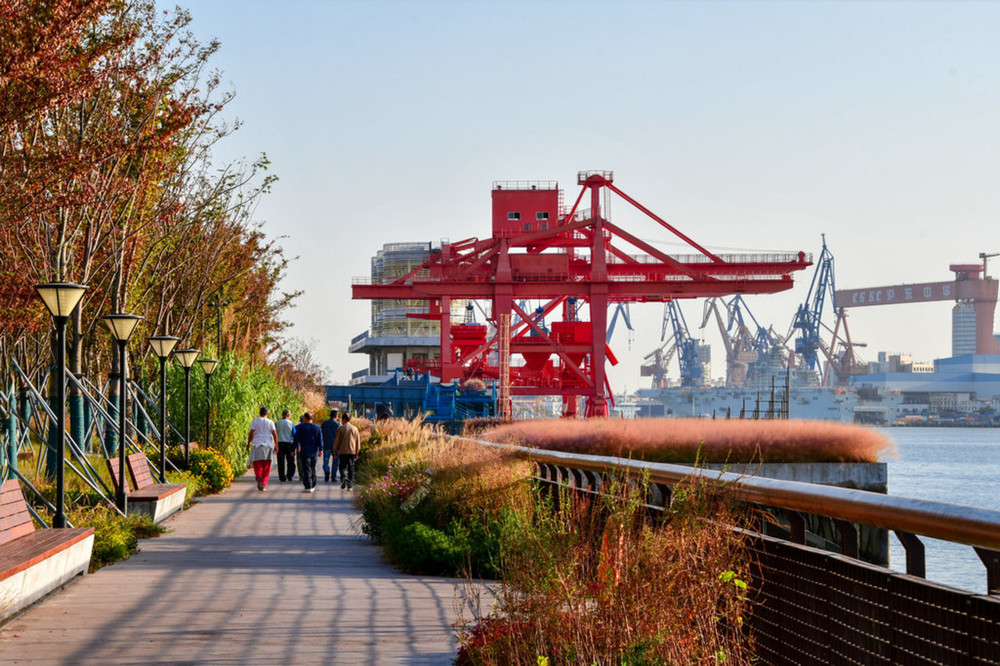**Pharmacy and Beauty Hall:**
The pharmacy on Nanjing West Road explicitly posted a notice stating that masks and alcohol are out of stock. The Hua An Beauty Hall, still in operation, seems to suggest that beauty never closes.
**Public Messages and Desolation:**
The Nanjing Road Pedestrian Street displays scrolling messages: ‘Seek medical attention scientifically, electronic New Year’s greetings, stay at home, reject rumors, reduce visits’. The blood donation truck on Nanjing East Road is desolate.
**Iconic Landmarks and Memories:**
On Nanjing Road, the Apple store features a basketball hoop image, which immediately reminds one of the recently deceased Kobe Bryant. We hope he is well in another world!
**The Bund and Architectural Diversity:**
The Bund: The east and west sides showcase 52 buildings of various styles such as Gothic, Romanesque, Baroque, and Sino-Western hybrid, known as the ‘World Architecture Expo’. Facing the mother river, the Huangpu River, one can gaze at the new look of the Lujiazui area across the river.
**A Walk Through Shanghai:**
I started from Nanjing East Road to the Bund and walked from the Garden Bridge of Shanghai to Shi Liu Pu. There were relatively more people on both sides of Nanjing East Road, fewer at the Garden Bridge and Shi Liu Pu ends.
**Historical Landmarks:**
The Garden Bridge of Shanghai is a river-crossing passage connecting Huangpu District and Hongkou District. It is China’s first fully steel-structured riveted bridge and the only remaining bridge with unequal height truss structure.
**Nostalgic Glimpses:**
The Bright Dairy milk delivery trucks were once a beautiful scenery in the early morning of Shanghai. As written on the truck: ‘Enjoy life, beautiful life journey’. Seeing these dim lights is like seeing my initial self when I first came to Shanghai, living in a Shikumen house on Linqing Road in Yangpu, with heavy rain outside and light rain inside.
**Cultural and Religious Significance:**
Cheng Huang Miao: A Taoist temple, originally built during the Yongle period of the Ming Dynasty (1403-1424), it has a history of nearly six hundred years. Cheng Huang, also known as the City God or Lord of the City, is one of the important deities widely worshipped in Chinese religious culture, usually embodied by famous ministers or heroes who have contributed to the local people.



